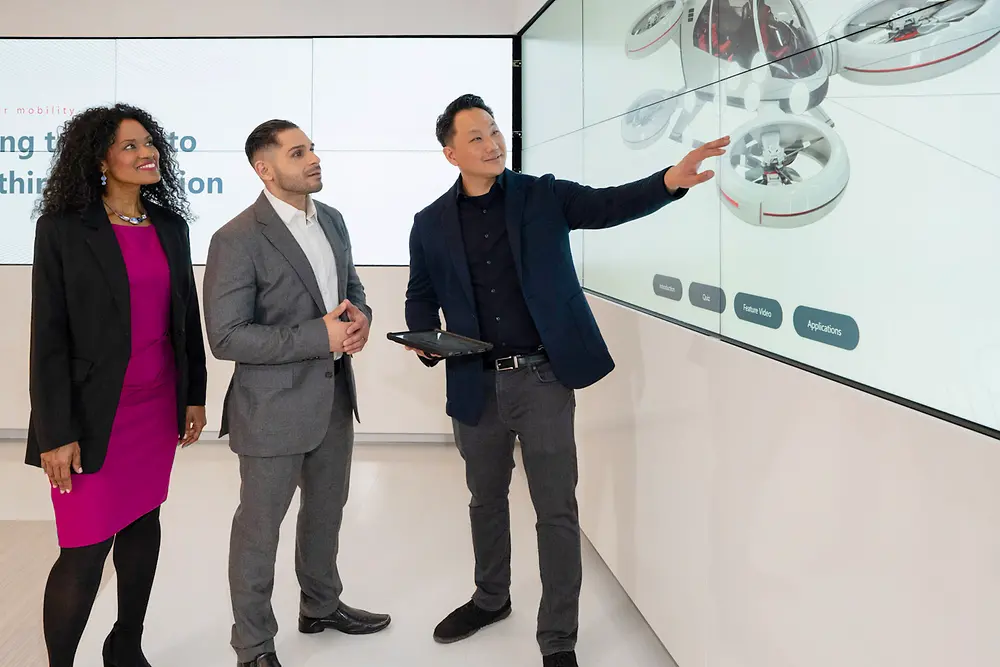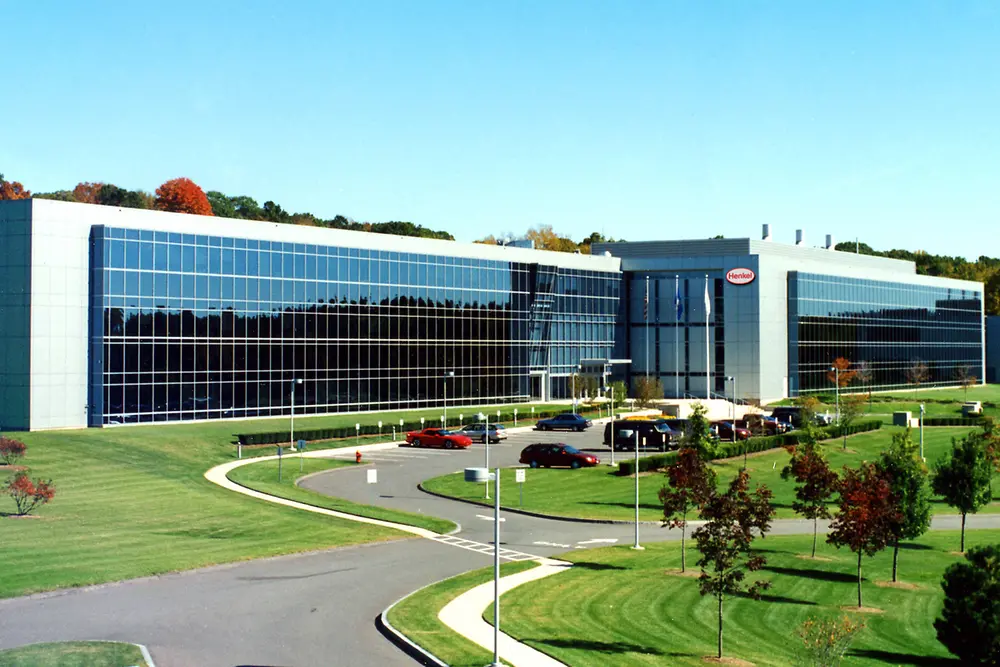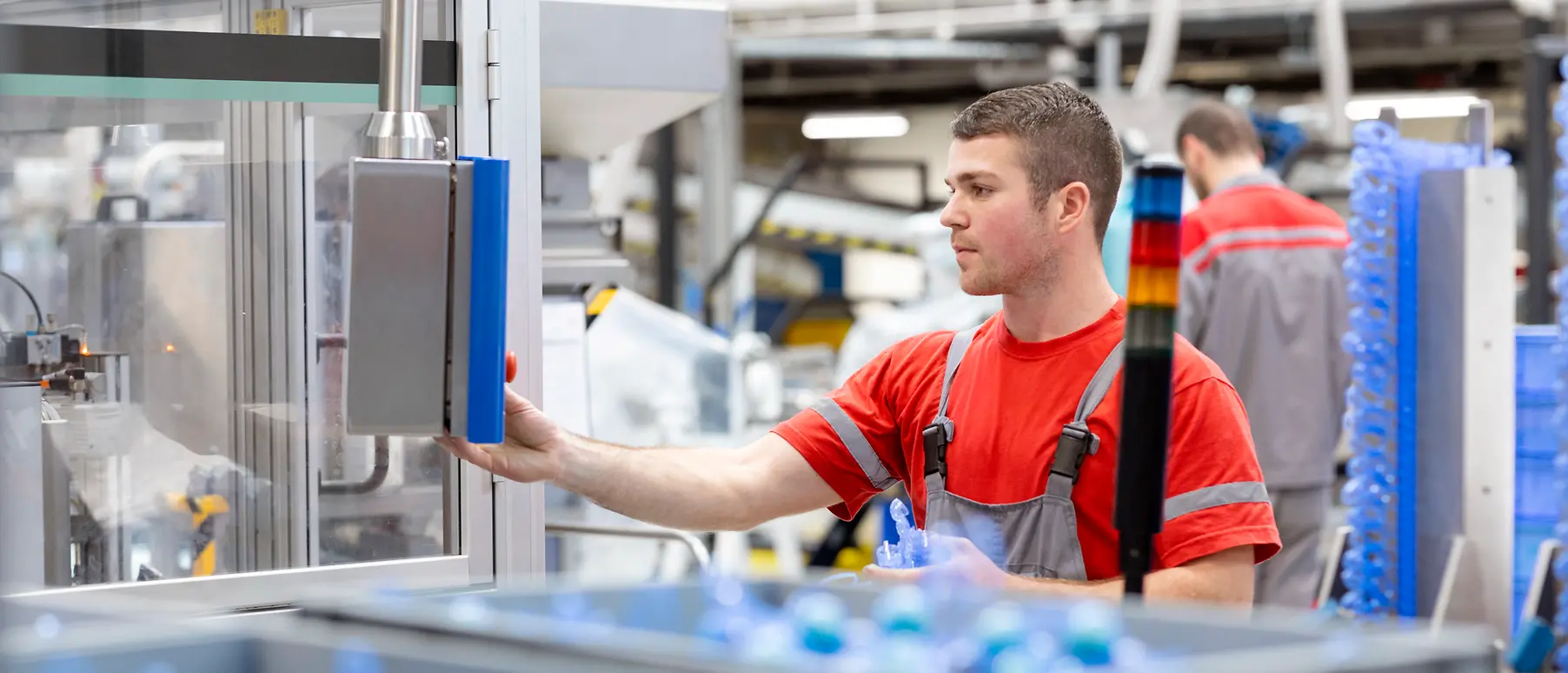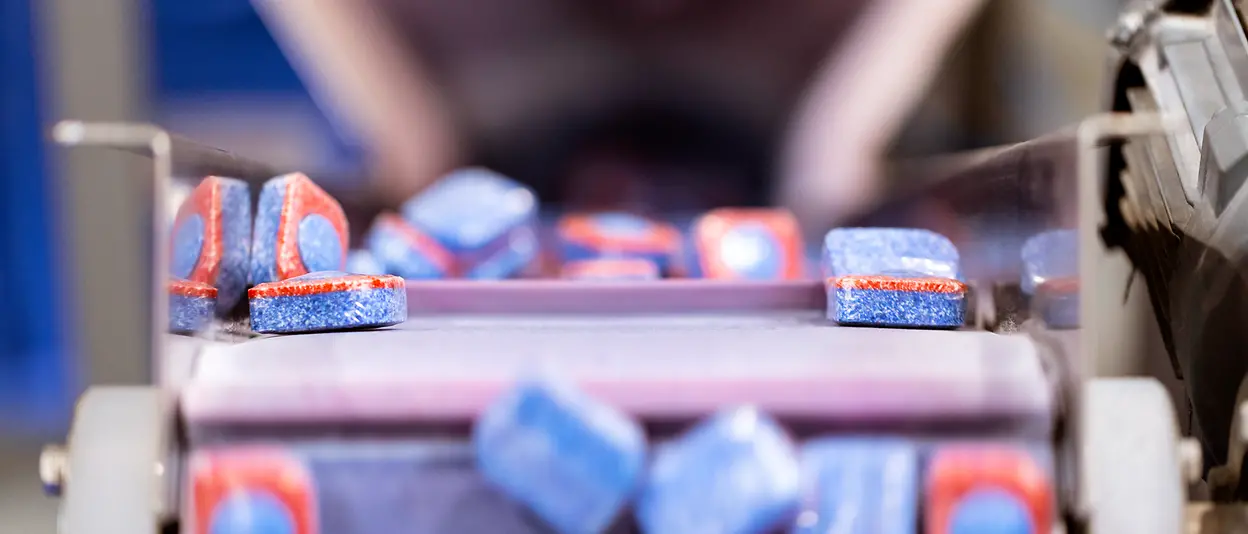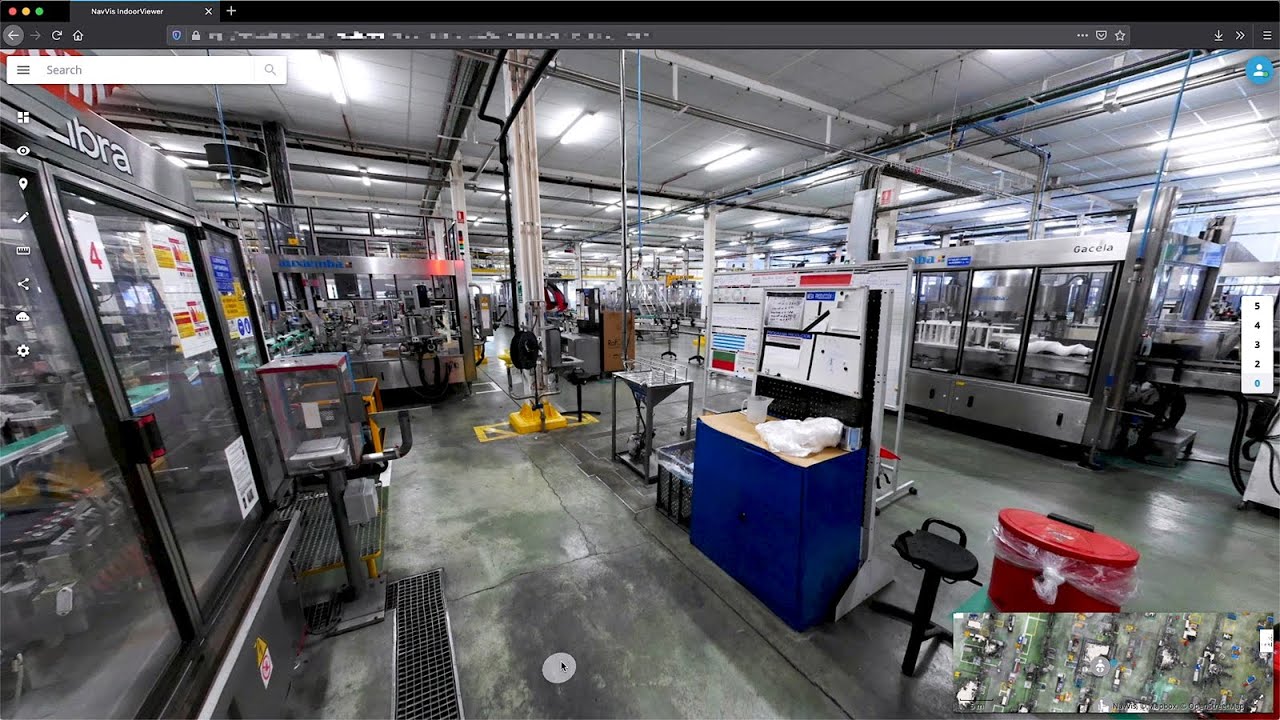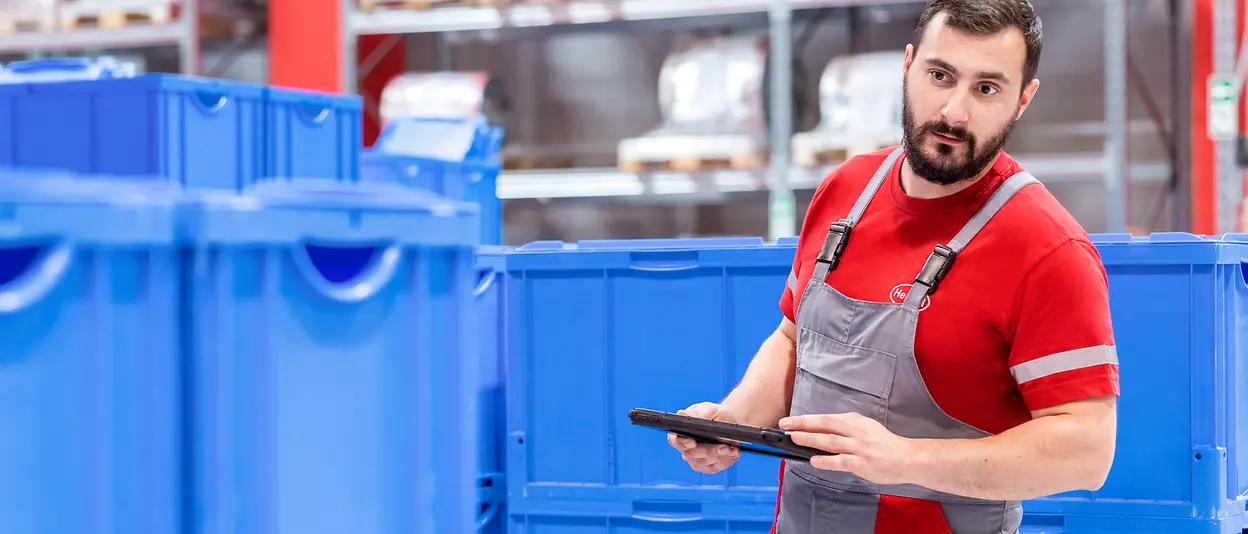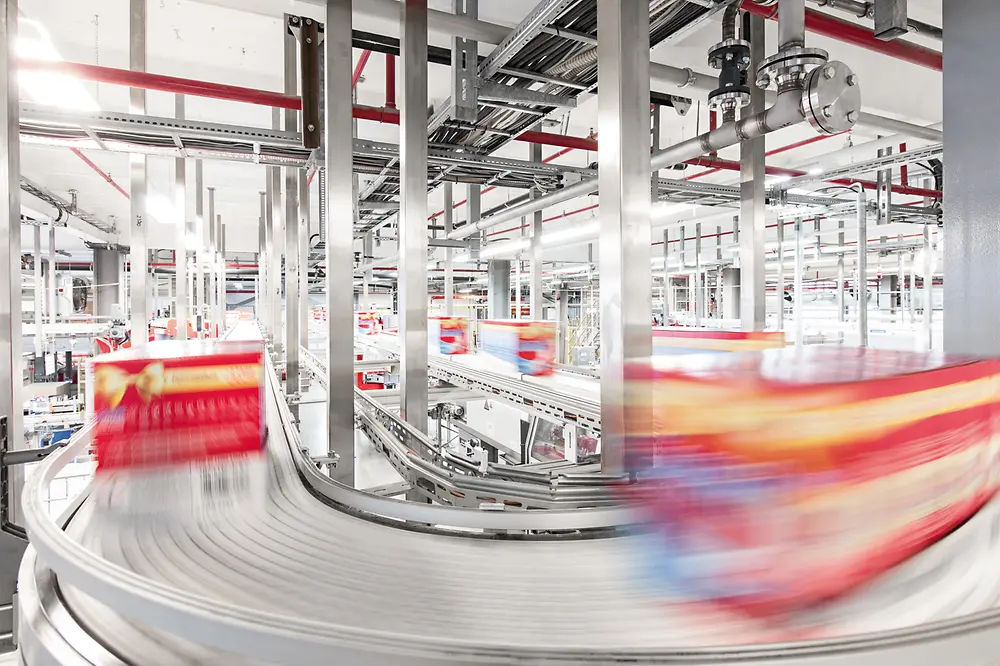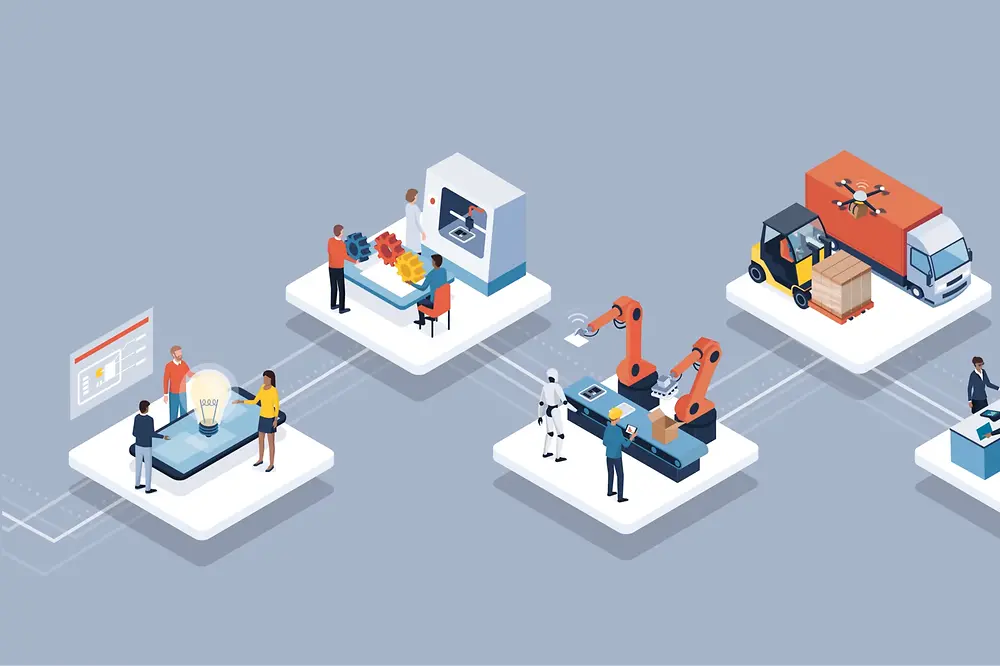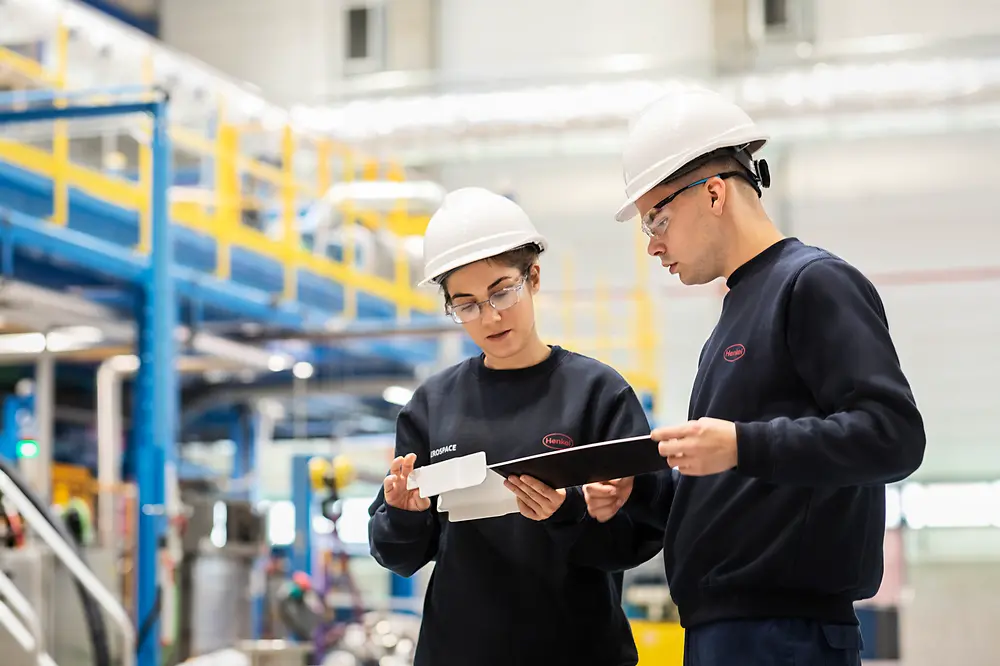In times on Industry 4.0, production processes can be optimized further as well. Changing certain parameters in the production process, adapting capacities or using different raw materials can all be simulated using a digital twin. This allows sites to further increase both quality and output – at lower planning and conversion costs.
The future of production remains data-based. Modern sensors and monitoring tools make it possible to capture every data point in the factory. This can also be seen in the production environment itself, where every piece of information about the machines is available digitally and employees are equipped with tablet computers. This on-site groundwork is vital for translating everything into the digital sphere. Digital twins allow this data to be accessed from anywhere in the world – in real time, as if you were standing right in front of it.
Digital twins offer benefits for training as well
Increasing the digitalization of production processes is opening up completely new possibilities, not just in manufacturing but also in training and professional development. Employees can now practice with digital twins and get an important first overview of the production site without necessarily being there in person. In the future, it will be possible to use modern virtual and augmented reality technology for similar purposes. The long-term goal is to create virtual spaces and continue to improve processes.
However, the road to obtaining a complete copy is still a difficult one. Currently, the process of collecting 3D data is itself very complicated. Every time a change is made within a factory, for instance, the altered surroundings need to be captured by the special high-performance scanners. The 3D data is then recalculated and applied to the factory. It’s already possible to capture incredibly accurate images of environments with modern smartphones and their LiDAR scanners, which, according to Johannes and Ahmad, make it clear that 3D data collection will be much simpler in the future.
Although more work remains to be done before all data and facilities are available digitally around the world, Ahmad and Johannes have no doubt that the Digital Twin project is on the right track: “We’ve created a good foundation to build on with everything we’ve done so far. We’re already benefiting from the data sets and functionality will only continue to improve.” This is one of the reasons why they are continuing to work at many locations around the globe to digitalize and translate more factories and production facilities into the virtual world.
